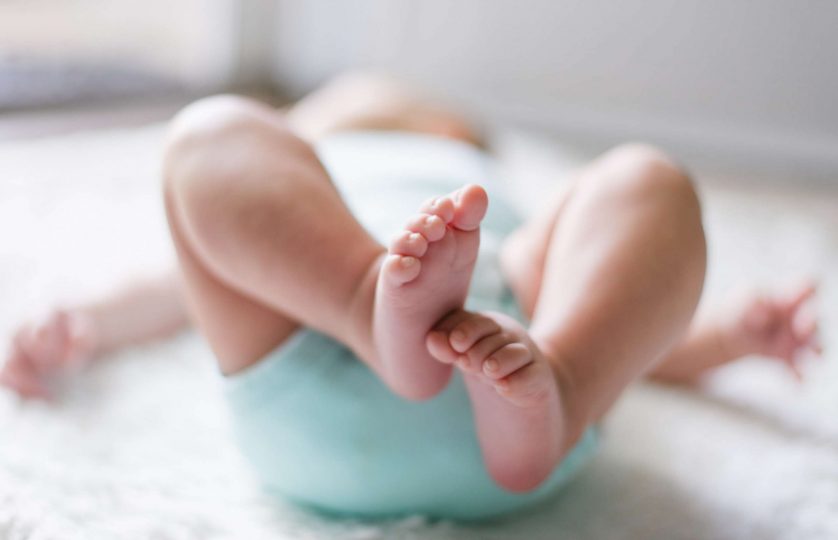How To Create A Safe Sleeping Environment For Your Baby

Bringing home your newborn from the hospital is extremely exciting, but also extremely nerve wracking. One of the biggest sources of newborn anxiety is knowing whether or not they are okay when they are sleeping – enter baby monitors, heart rate monitors, and all the other products mums buy just to give them some peace of mind as their baby sleeps.
In order to reduce the risk of sudden infant death syndrome (SIDS) and create the safest, most secure environment for your baby, some extra thought and research should go into setting up your nursey and nighttime routines. Here are just a couple tips for safe sleeping that will make you feel more confident that your baby is sleeping safely in the newborn stage.
Invest in the right kind of cot and mattress
If there’s one thing you need to invest in for your baby, it is the correct cot and mattress. It can be easy to get caught up in the looks of your baby’s bed and how it fits into your nursery’s design, but safety needs to come first, always. When shopping for your baby’s cot and mattress, consider the following:
- Look for the Australian/NZ Standards label: AS/NZS 2172.
- Make sure the cot has no horizontal bars that your baby could climb
- Test that the mattress is firm
- Check that the mattress fits snugly in the cot and leaves no gaps larger than 20mm
Place your baby on their back to sleep

The first rule of safe baby sleep is to always place your baby on their back. Even though infants sometimes cause more of a fuss when they are on their backs, stomach sleeping drastically increases the risk SIDS and should be avoided until their first birthday.
Of course, as your baby develops, they will start to roll over. At this point, around three to six months, you should still place them on their backs, but don’t worry if you wake up and they are on their side or stomach. If they are strong enough to roll themselves over, it is safe to let them stay how they are.
Keep the bed free of any toys, pillows, and blankets
The only thing that should be on your baby’s bed during naps or sleep is your baby. Every time you go to lay your baby down, check to make sure that there are not any blankets, toys, or pillows in the bed that could cause harm to your baby. If your baby is at the stage where they can reach for things, keep any electronics cords, mobiles, sheets, curtains, etc. away from your baby’s bed to create the safest space possible.
Dress your newborn comfortably
Monitoring your or your baby’s room temperature is another way to make sure they are not only comfortable when they sleep but also safe. Your sleep area should remain around 16 to 20 degrees Celsius, and you can dress your baby according to the temperature.
If you notice your baby is cold (i.e. blue or blotchy feet), feel free to add another layer of clothing – but never add a hat, blankets, or put the cot right next to a radiator. If your baby is hot (i.e. damp hair, redness, sweating) then simply remove a layer. A good rule of thumb is to dress them how you would dress to sleep in that room.
Inform caregivers of your sleep safety practices
Once you nail down your baby’s safe sleep routine, you should give all other caregivers a crash course, so they know how to put your baby down to sleep and why it’s important they stick to these rules. This includes your baby’s grandparents, older siblings, babysitters, and anyone else who may have some responsibility for putting your baby down for a nap or for the night.
By following these tips and doing your own SIDS and safe sleeping research, you will feel more confident and prepared when it comes time to bring your baby home from the hospital.



